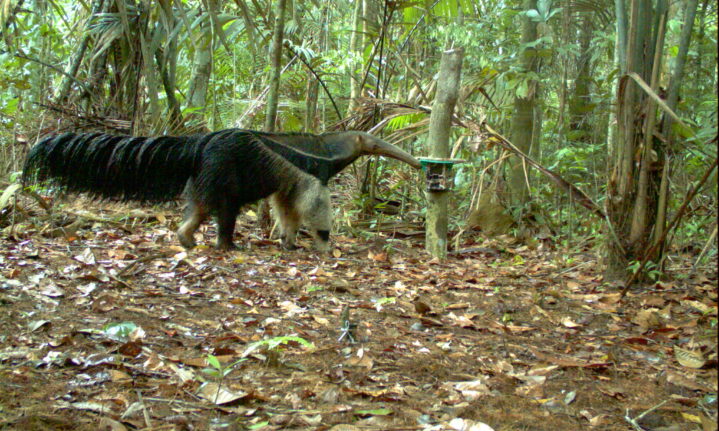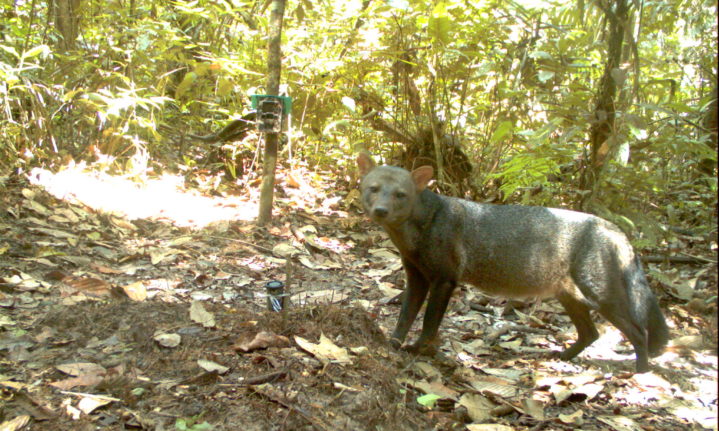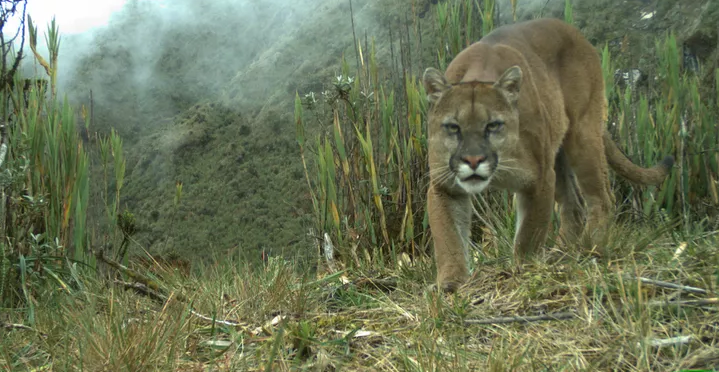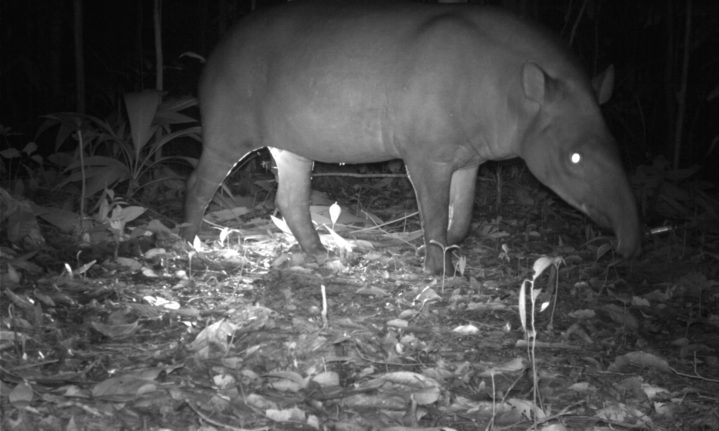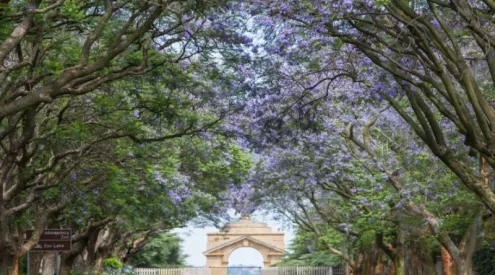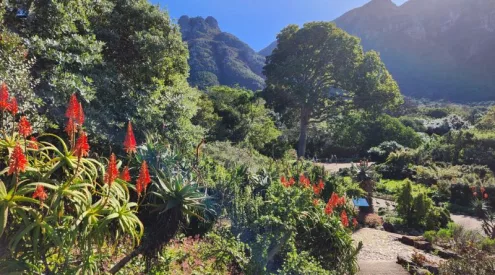Researchers have compiled the largest ever photo database of the Amazon, spanning 155 study areas across seven countries, over two decades and containing a total of 154 123 records.
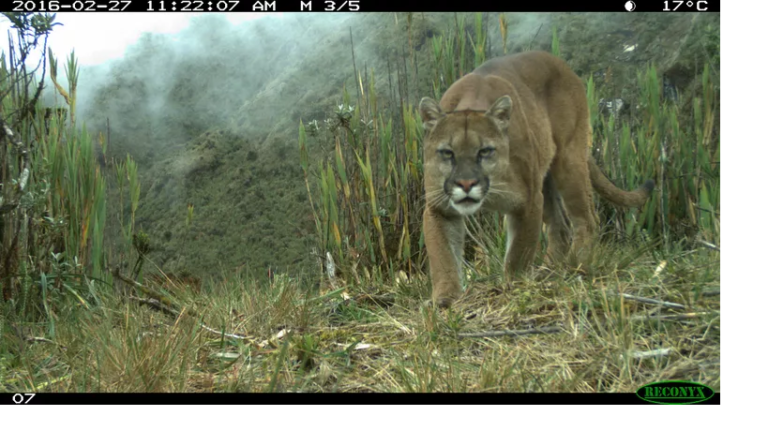
The Amazon is teeming with life, this is undisputed, but there remains no centralised data source on the types of species that occur.
This was the purpose of the study, on top of documenting habitat loss, fragmentation and climate change. The results from the study will aid further projections about climate and land-use change.
‘In our study we compiled and organized biodiversity data, making it available for future research,’ said the lead author of the study, Ana Carolina Antunes.
The data from this survey could prove vital in further research and projections which aim to protect the world’s most important terrestrial carbon sink.
More than 3.7 million hectares of tropical forest was lost in 2021, and 40% of this occurred in Brazil, which accounts for two-thirds of the Amazon rainforest.
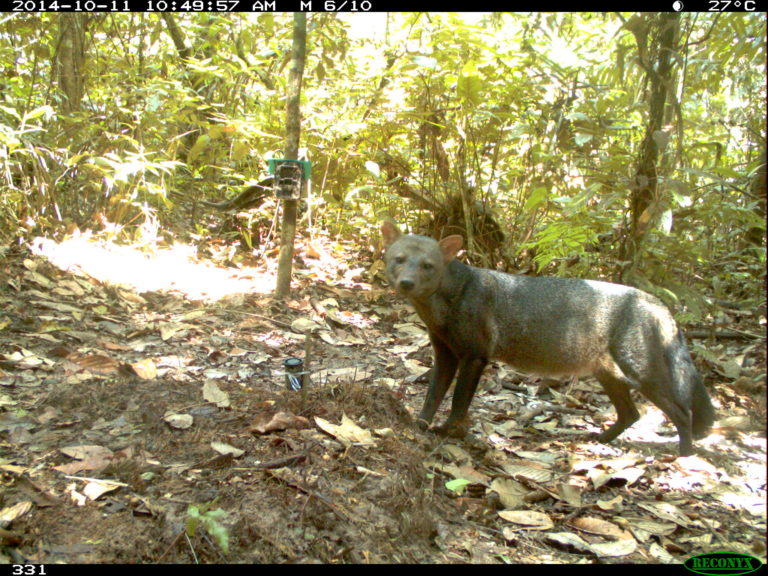
Atelocynus microtis. Picture: Guido Ayala & Maria Viscarra-WCS
‘We know that fragmentation of forest cover is increasing,’ Antunes said, ‘this permanent forest loss is responsible alone for a massive reduction of ecosystem services, loss of biodiversity, and increase in carbon emission to the atmosphere.’
The survey recorded 317 species together with information on its abundance, and distribution/range which Antunes says will prove essential in determining which species need more attention, identifying vital biodiversity hotspots and delimiting important habitats.

Myrmecophaga-tridactyla. Picture: Guido Ayala & Maria Viscarra-WCS
The most documented animal was the lowland paca, a large rodent which was recorded nearly 12 000 times. For species that are individually recognisable, such as jaguars, the team could calculate their densities and work out how many there are in a given area.
‘I hope we can make a more accurate assessment of species distribution patterns, interactions between predator and prey species, as well as have a precise quantification of the increasing threat the Amazon is under,’ Antunes iterated.
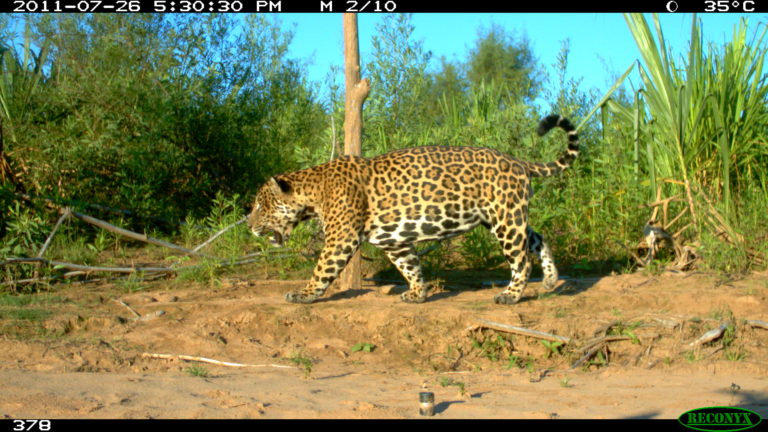
Panthera-onca. Picture: Guido Ayala & Maria Viscarra-WCS
The most documented animal was the lowland paca, a large rodent which was recorded nearly 12 000 times. For species that are individually recognisable, such as jaguars, the team could calculate their densities and work out how many there are in a given area.
‘I also hope this dataset can be used to emphasize the importance of the Protected Areas and traditional management practices for preserving biodiversity in the Amazon forest,’ Antunes concluded.
ALSO READ
Cape Leopard Trust shares snapshots of the Overberg’s big cats











